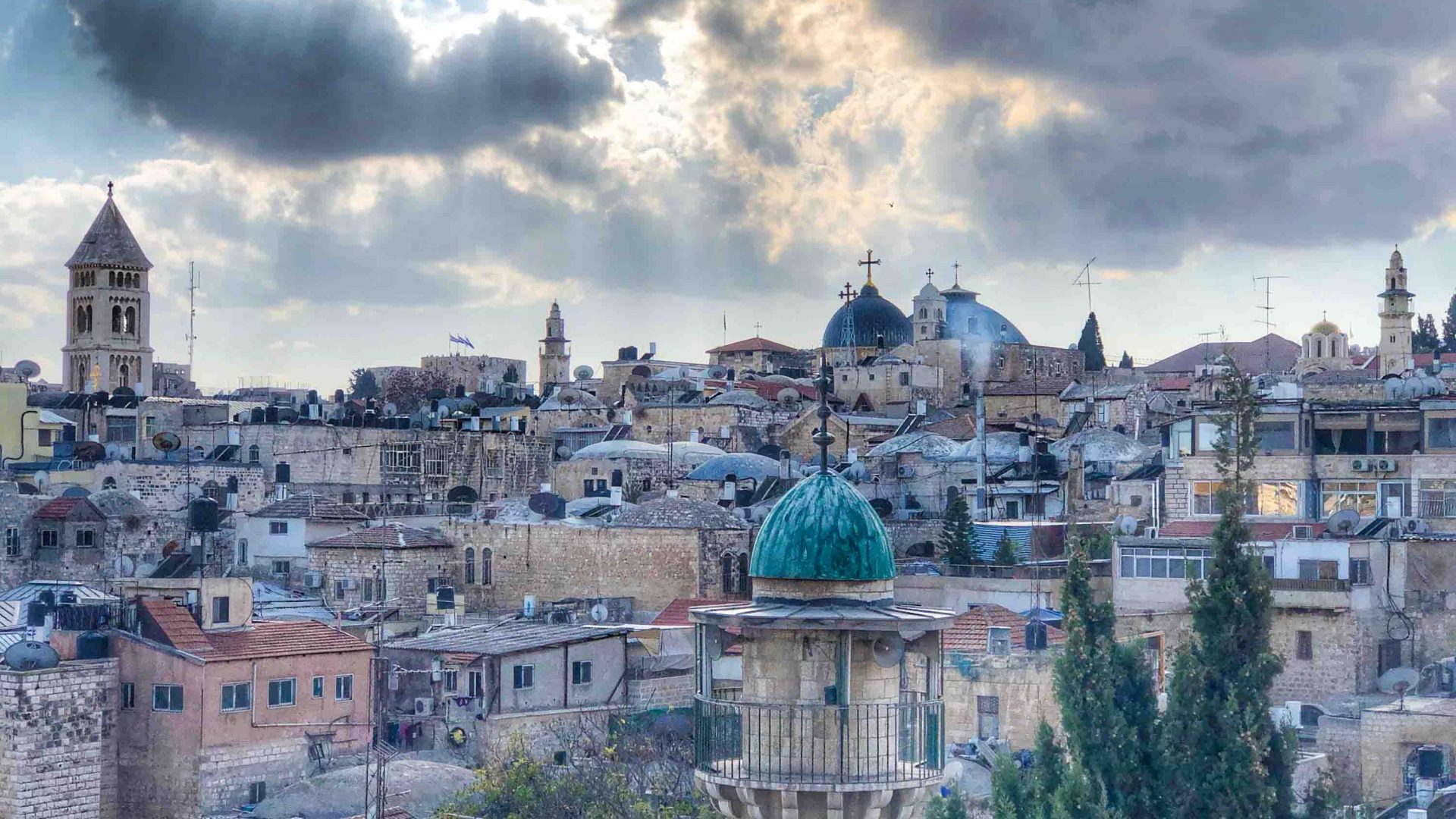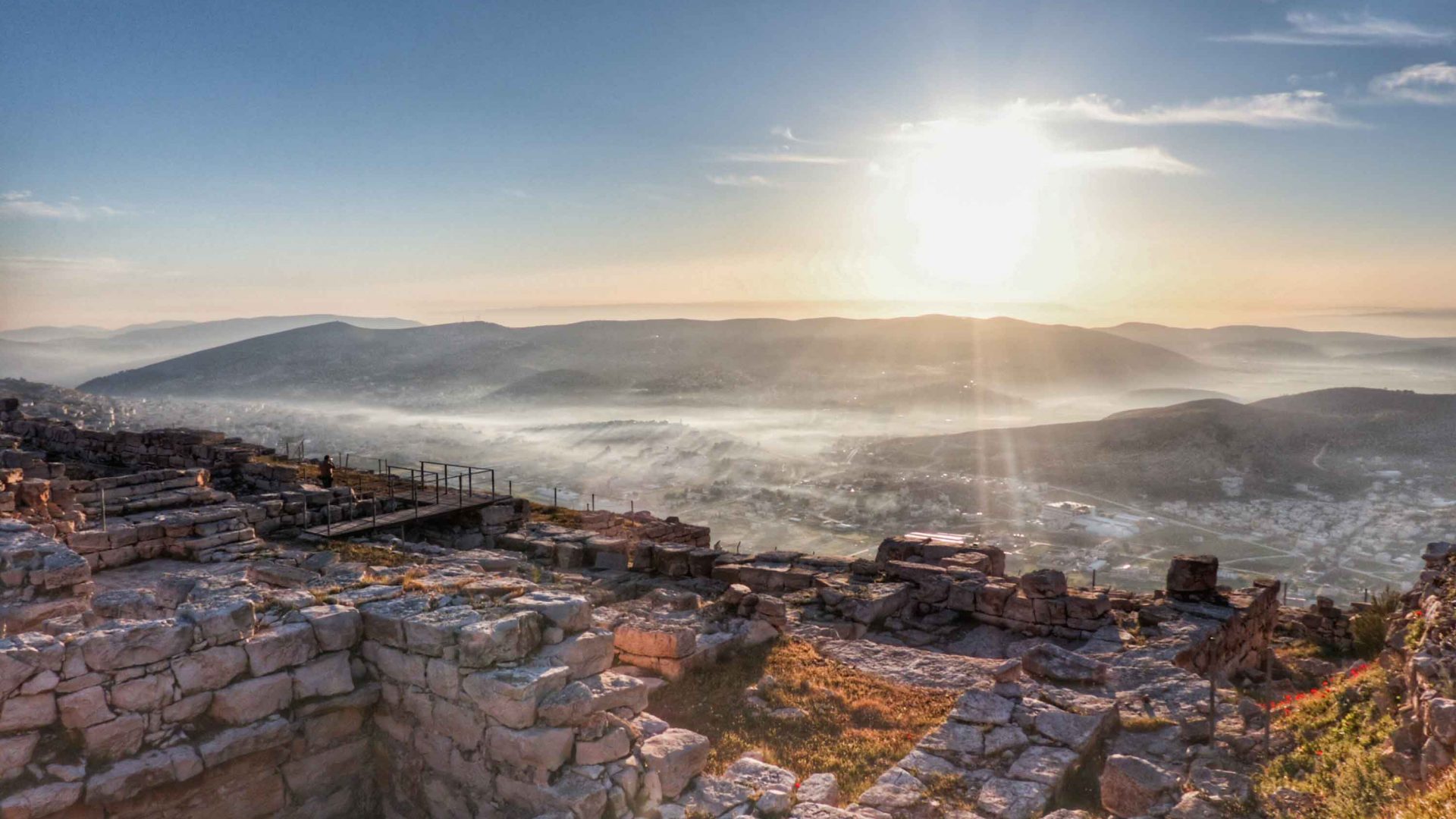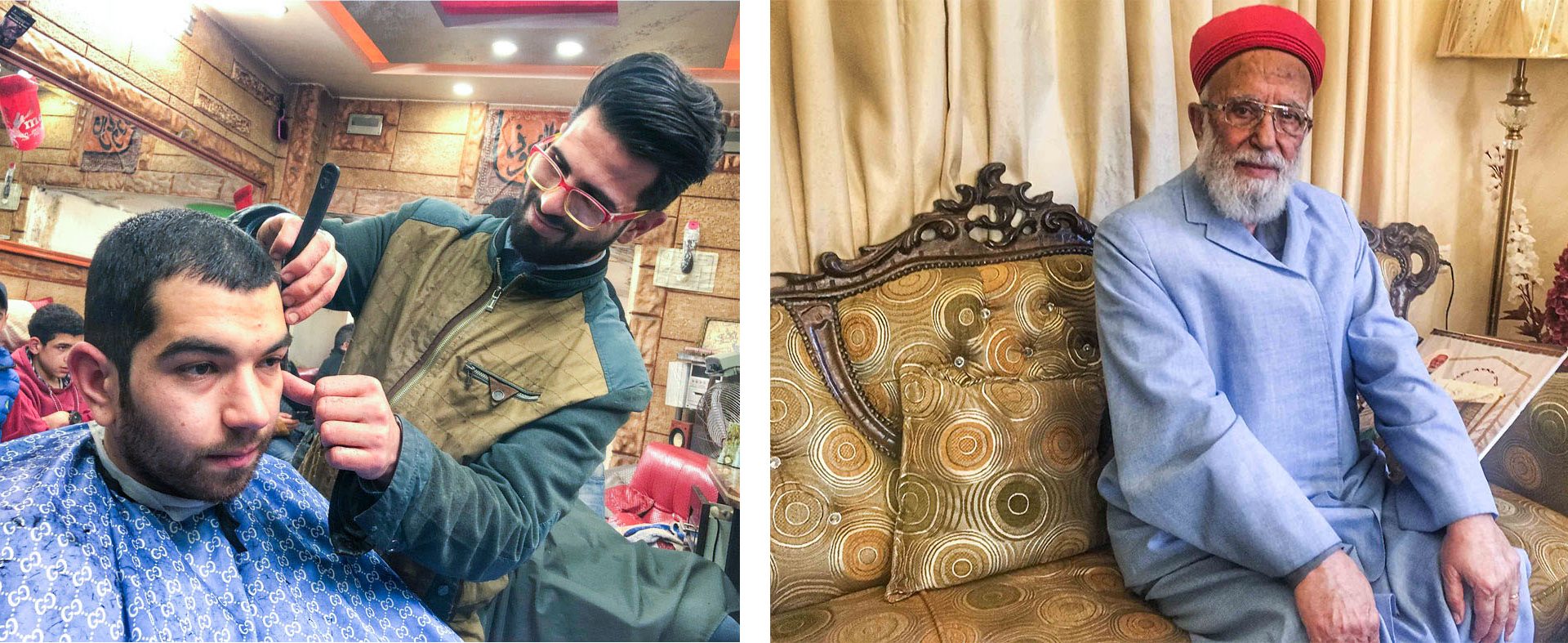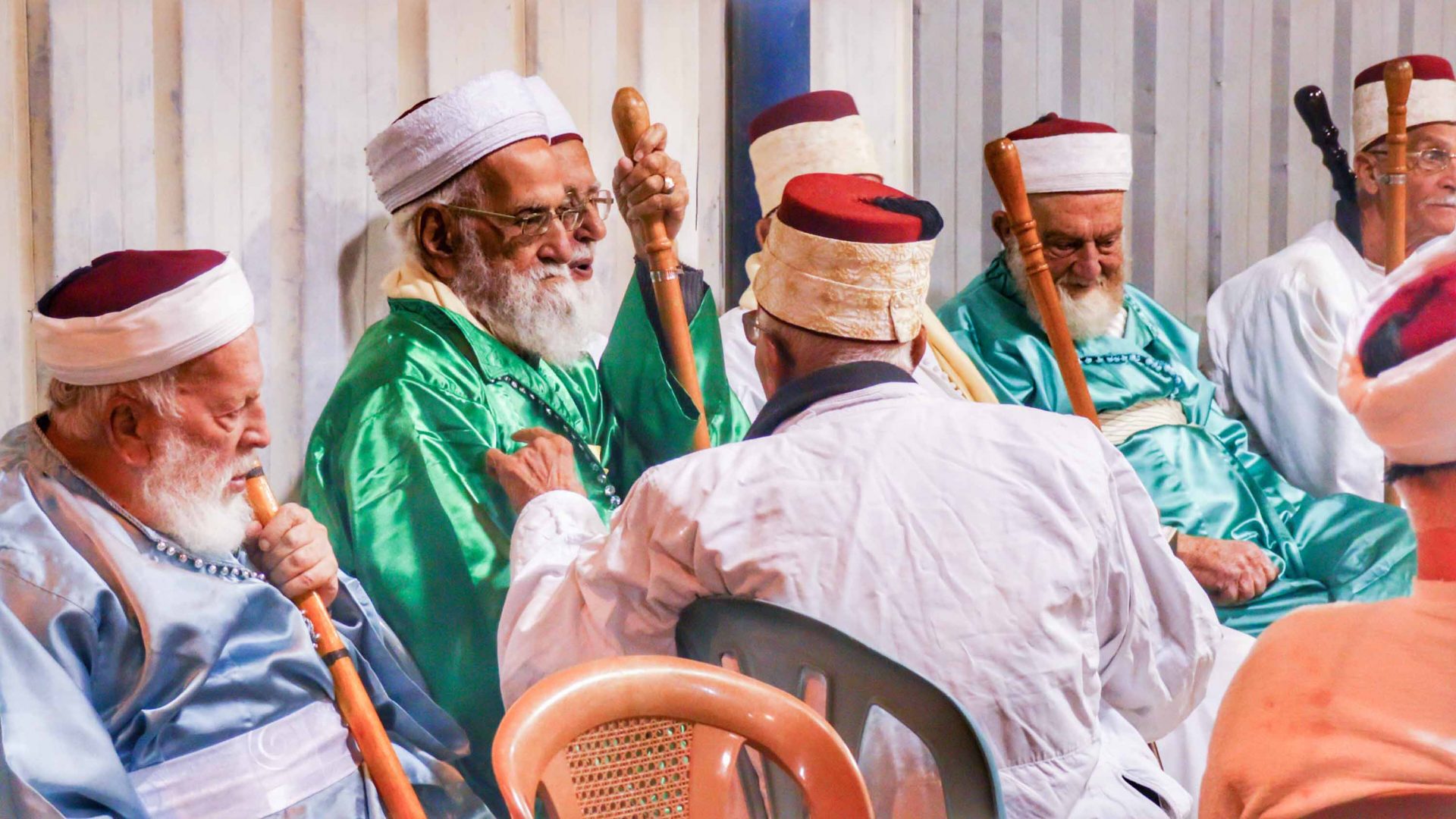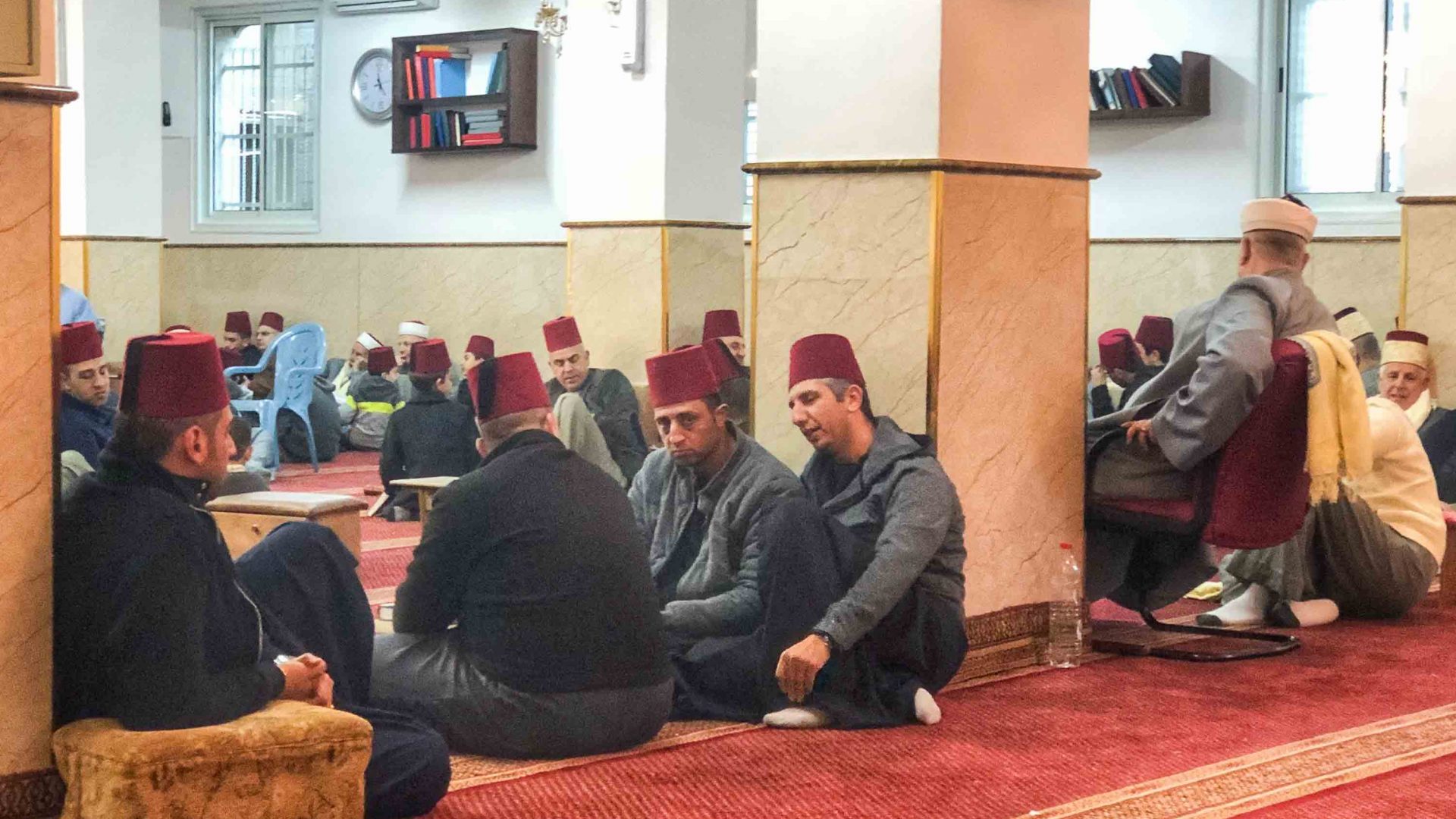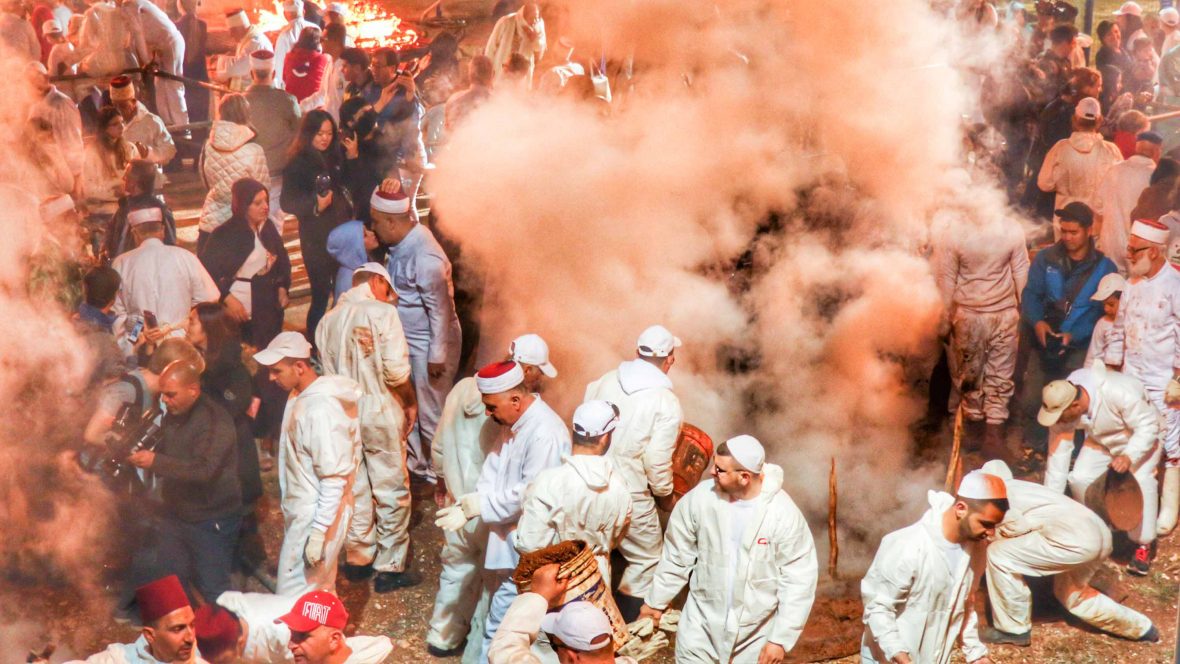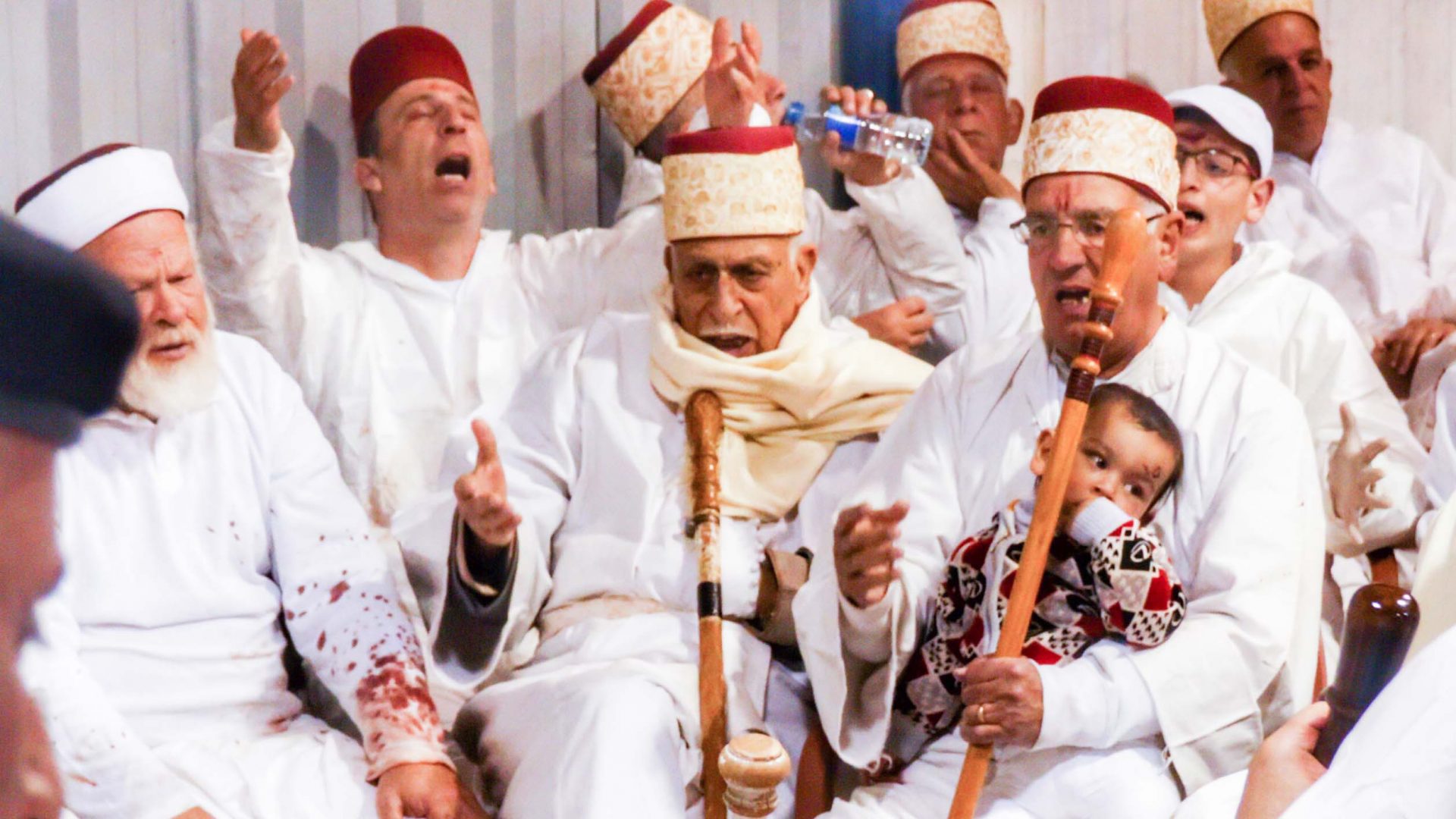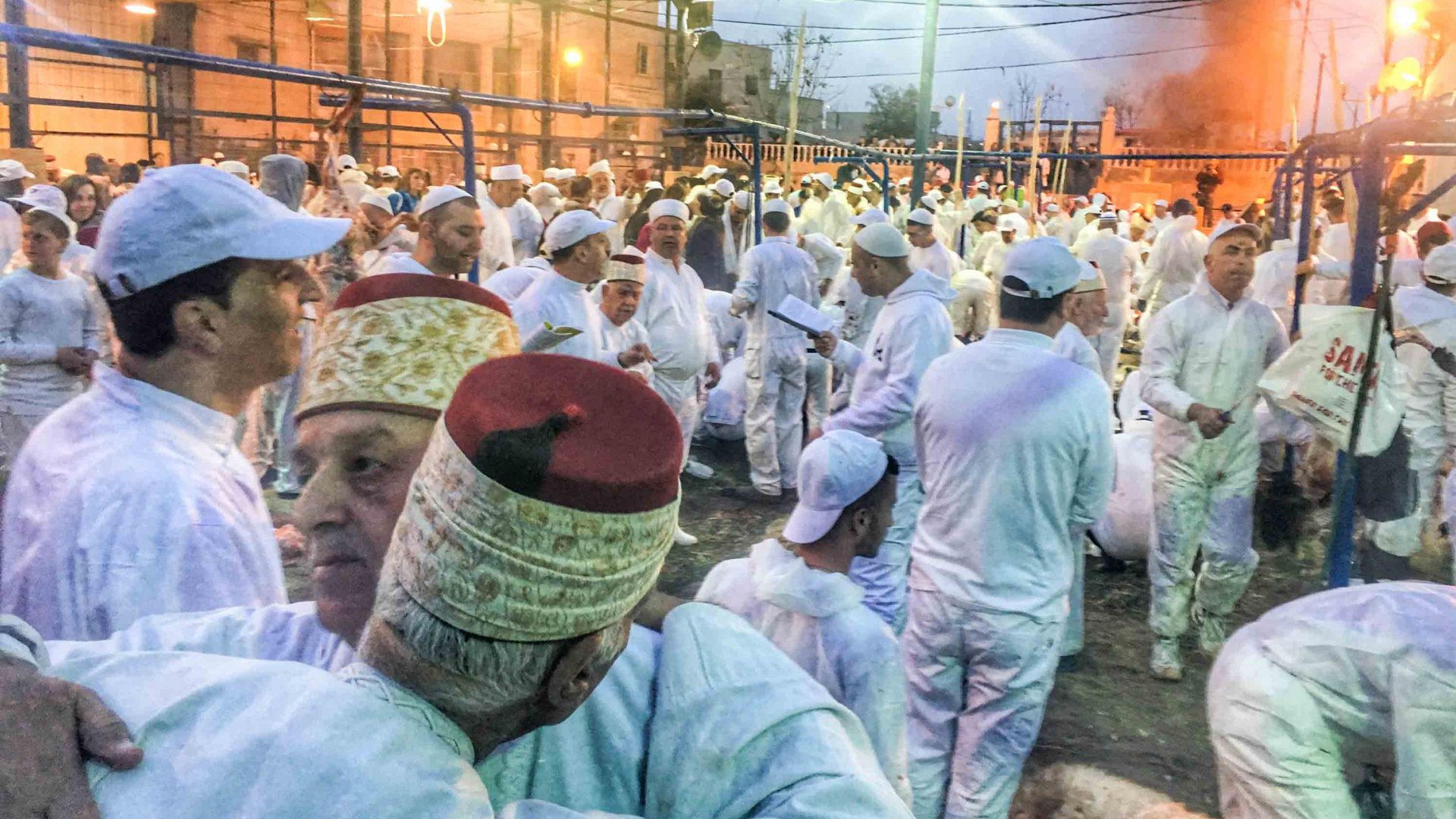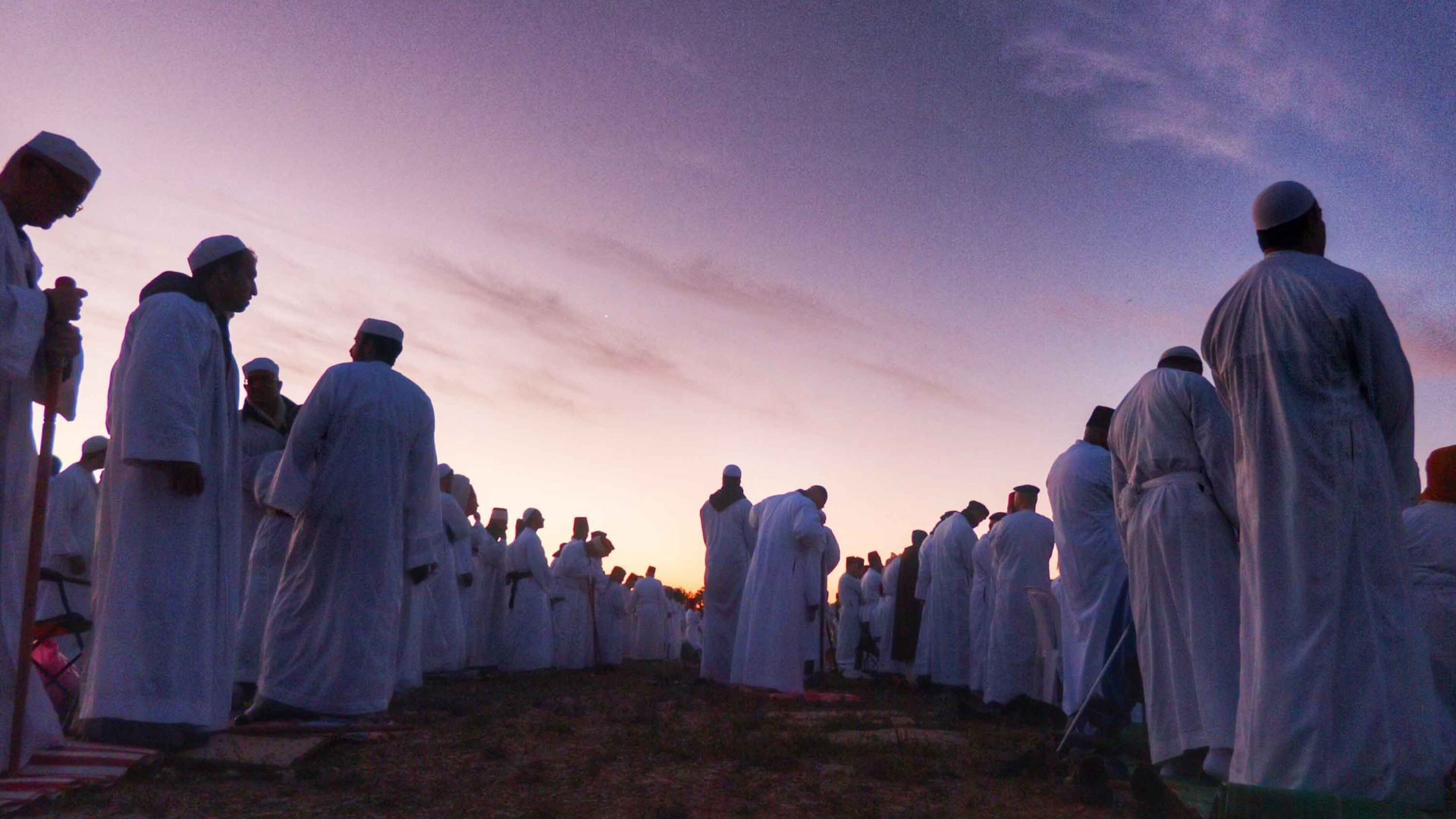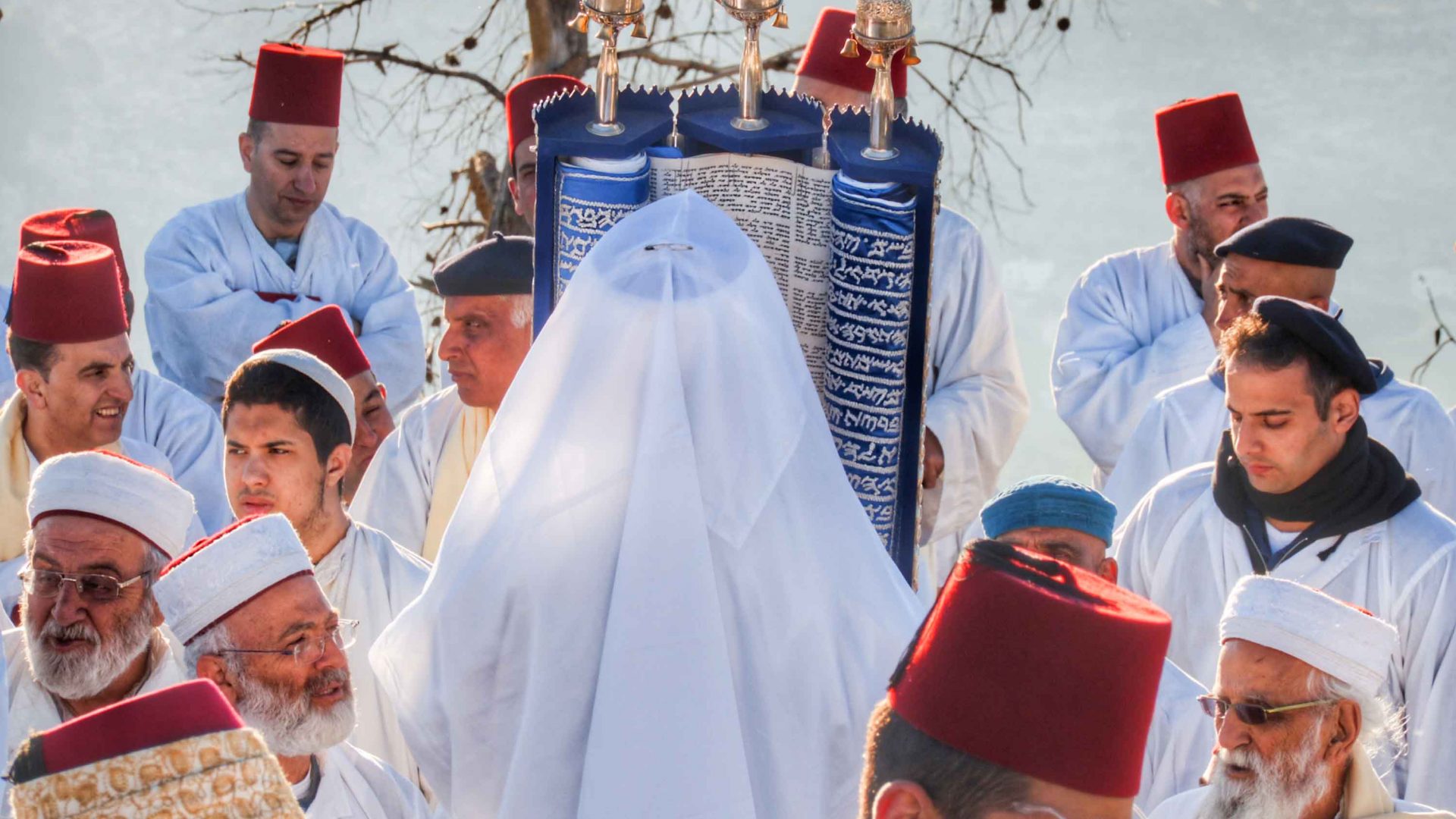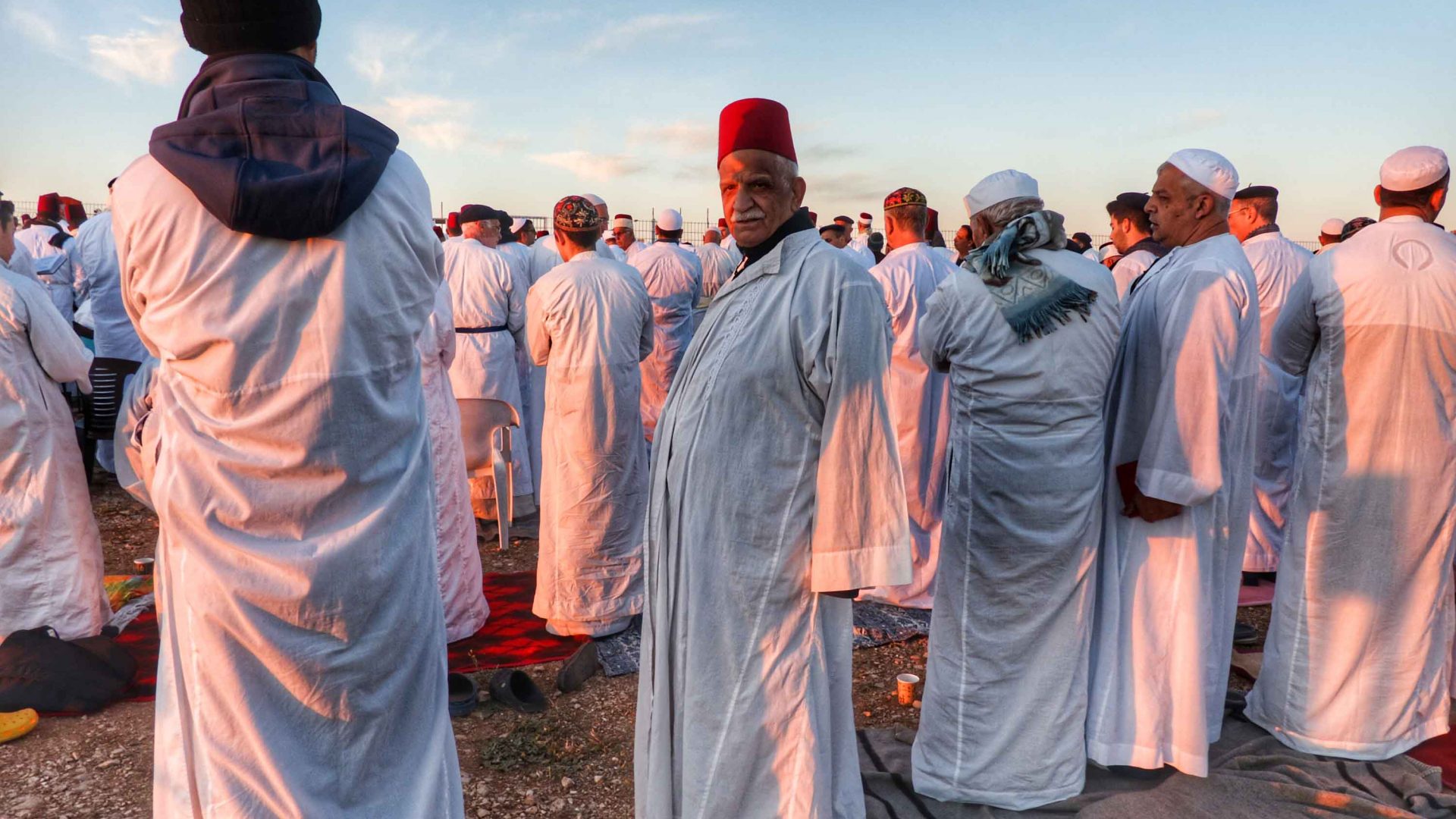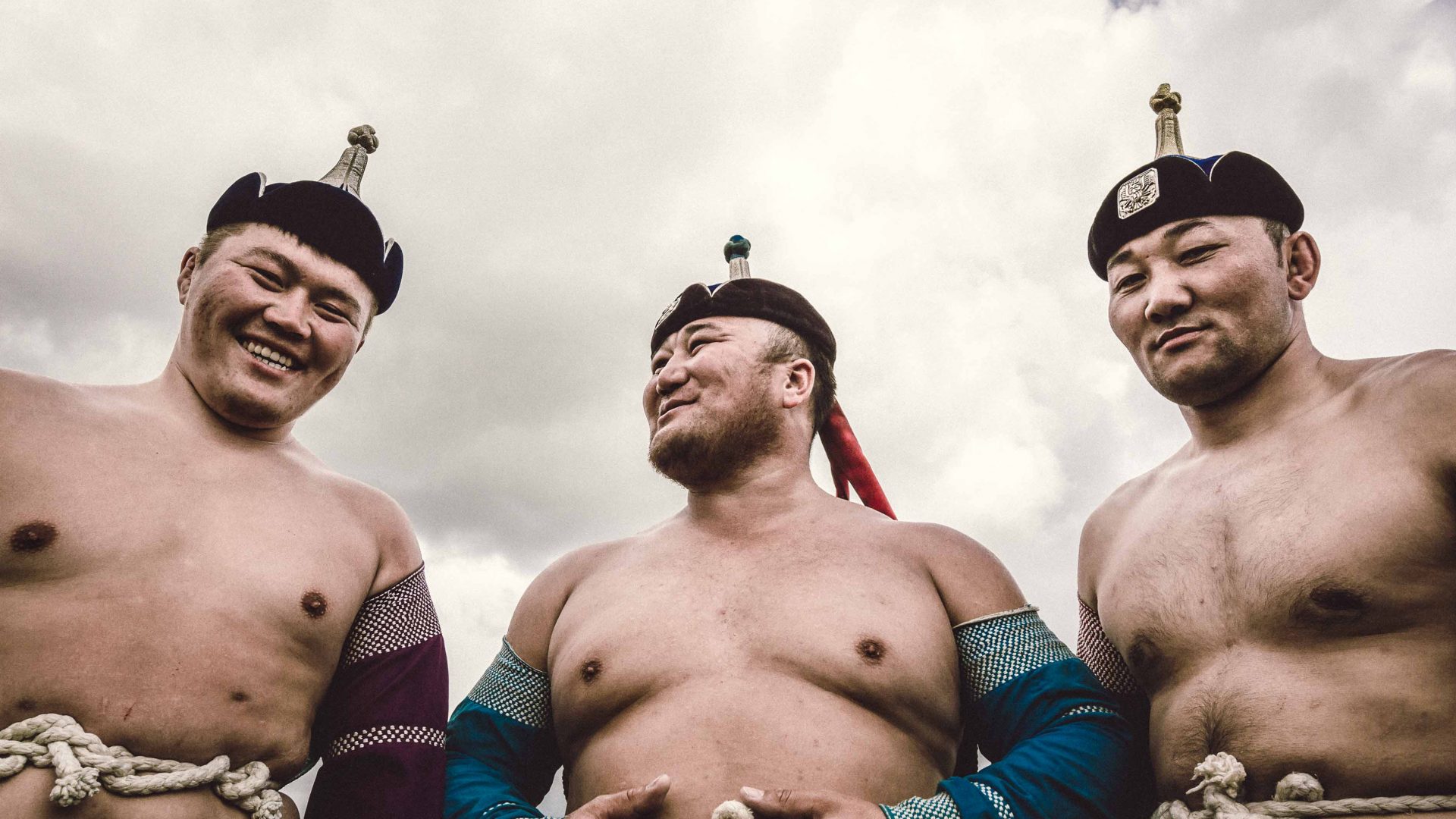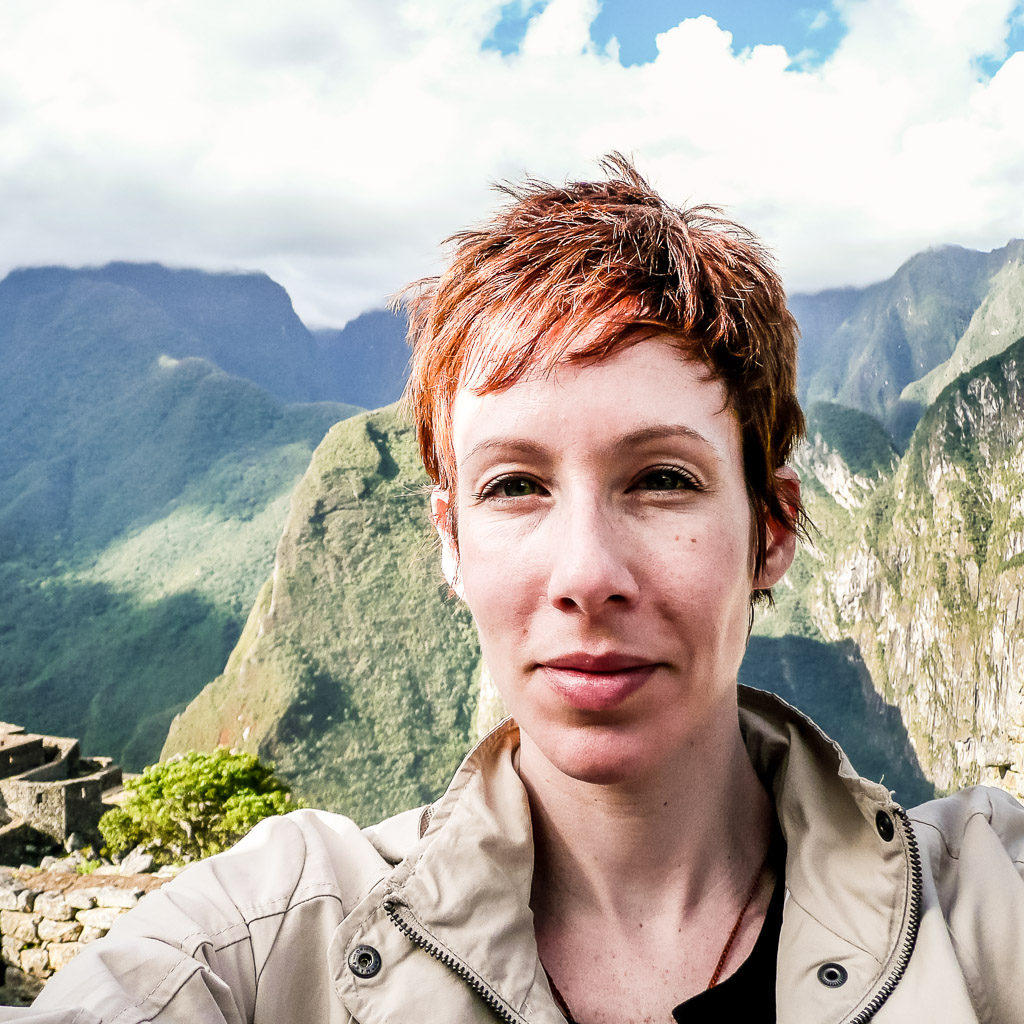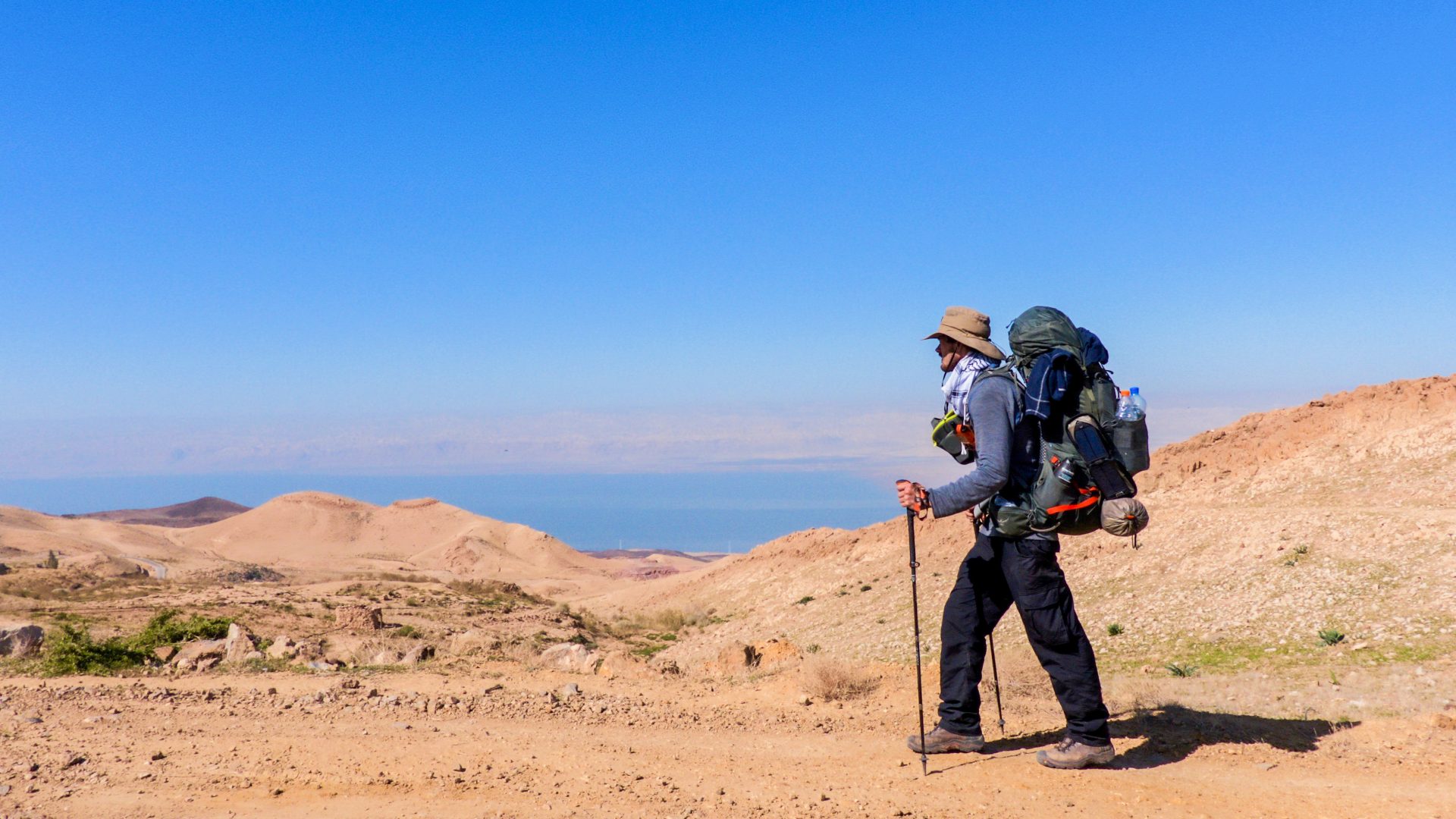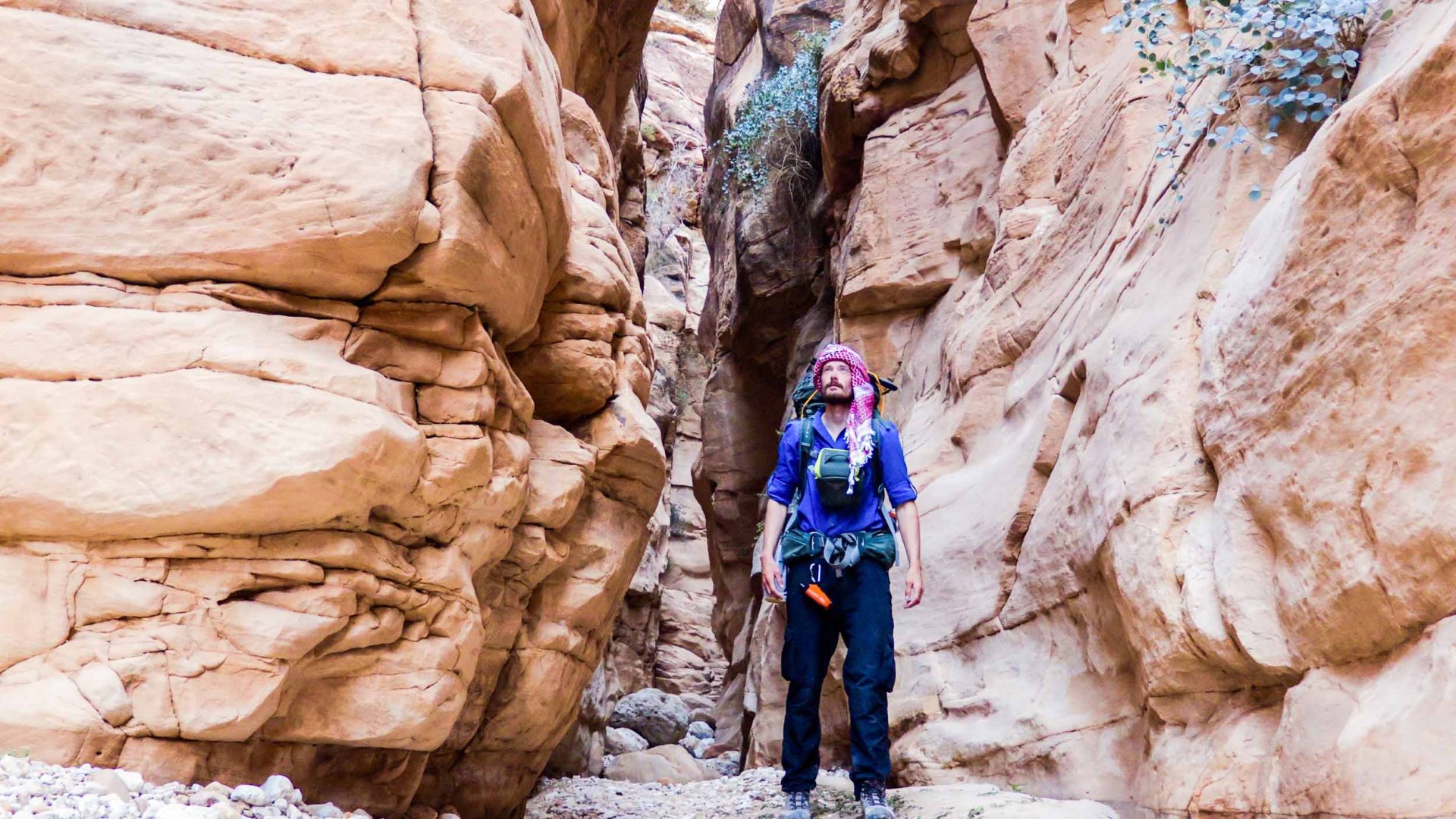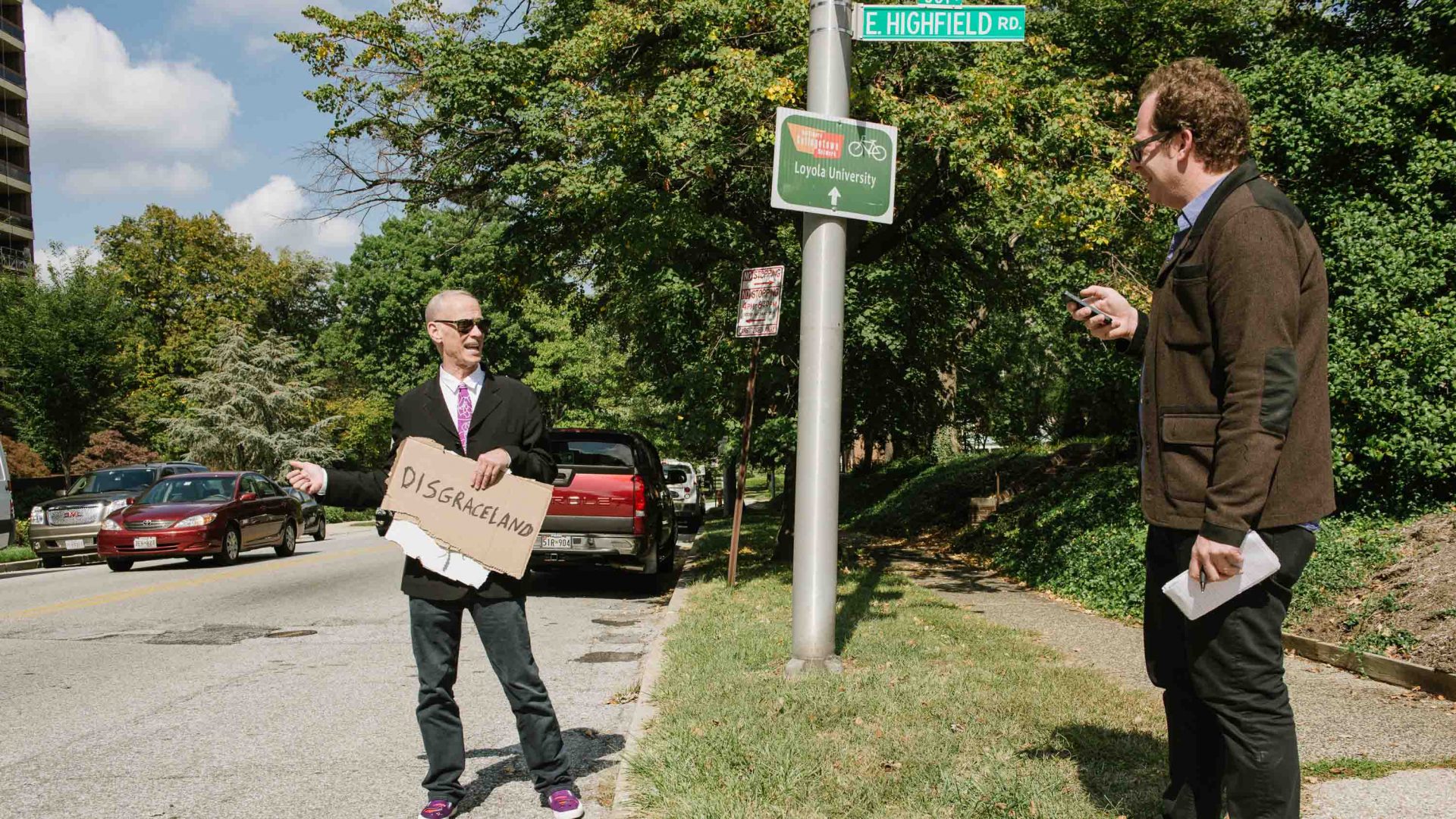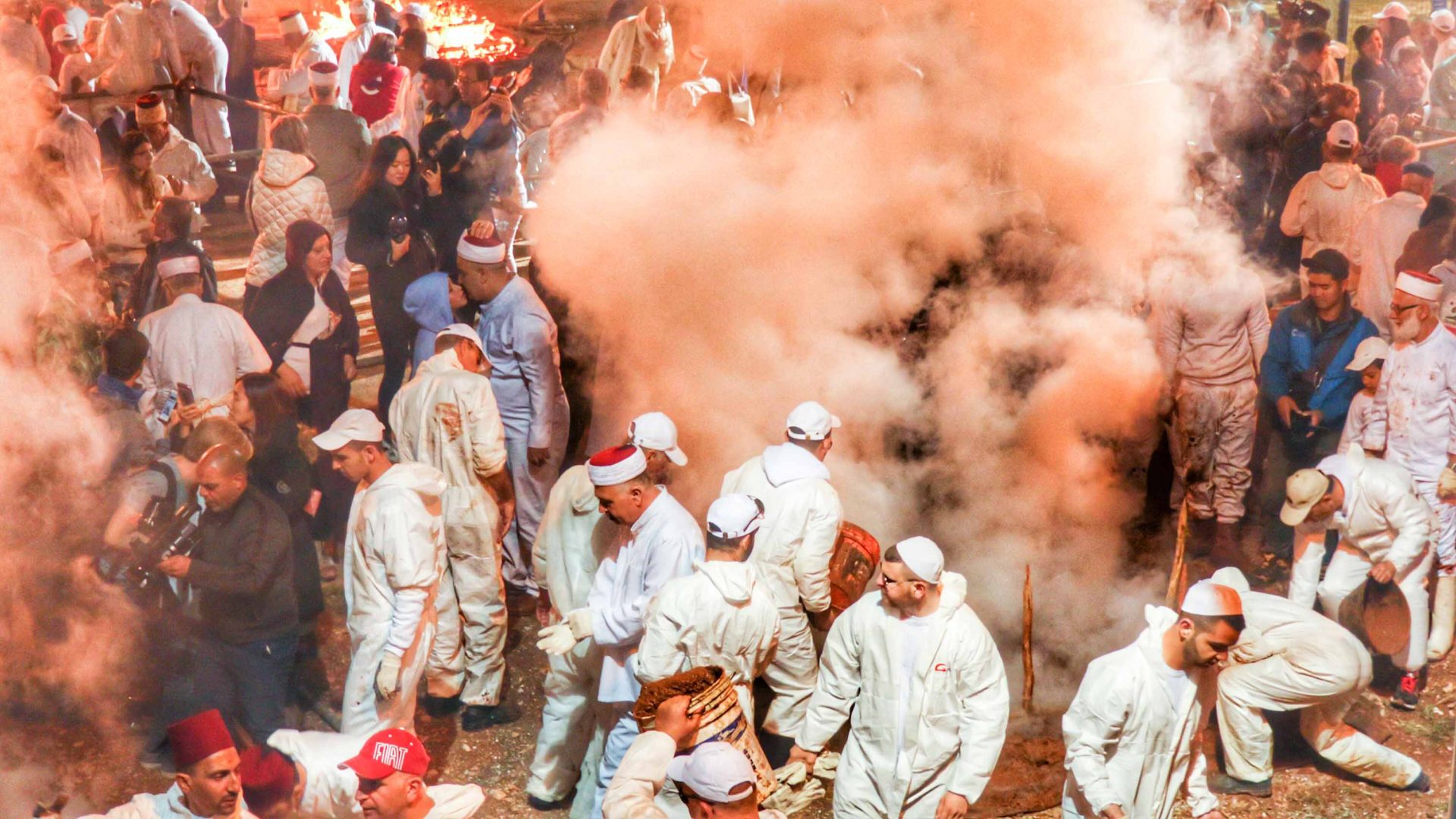
One of the world’s smallest and most ancient faiths, the Israelite Samaritans remain mysterious to many. Our featured contributor Leon McCarron traveled to the Holy Land during Passover to spend time with this unique community.
Jerusalem is often described as the holiest city in the world—after all, it’s held sacred by Jews, Christians and Muslims. And it’s fair to say that, in a land where we hear often of the separations along religious lines, the sanctity of Jerusalem to Abrahamic faiths is one that can be agreed upon—even if the sharing of that is far from simple.
And yet, there is another place held holy too, by another Abrahamic community. They are a faith and ethnicity that many of us may not even realize still exist: The Israelite Samaritans.
The name will be recognizable to those familiar with the Bible, and particularly from the parable of the Good Samaritan. In Roman times, there were perhaps a million and a half Samaritans but now, two millennia on, there are just over 800.

